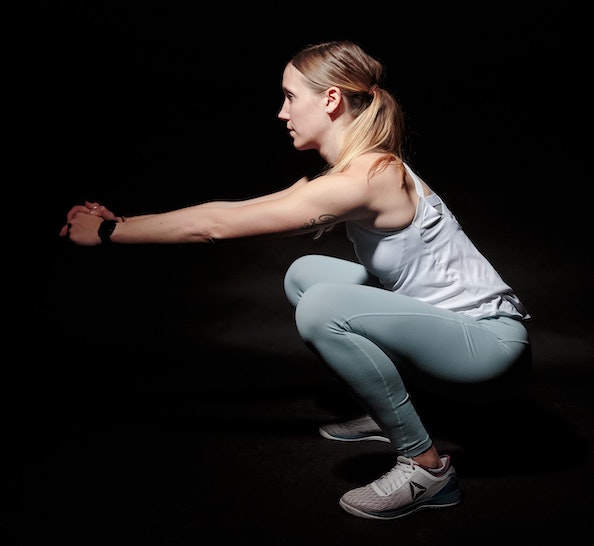Short bursts of exercise induce changes in the body’s levels of metabolites that correlate to, and may help gauge, an individual’s cardiometabolic, cardiovascular and long-term health, a study by Massachusetts General Hospital (MGH) has found.

In a paper published in Circulation, the research team describes how approximately 12 minutes of acute cardiopulmonary exercise impacted more than 80% of circulating metabolites, including pathways linked to a wide range of favorable health outcomes, thus identifying potential mechanisms that could contribute to a better understanding of cardiometabolic benefits of exercise.
“Much is known about the effects of exercise on cardiac, vascular and inflammatory systems of the body, but our study provides a comprehensive look at the metabolic impact of exercise by linking specific metabolic pathways to exercise response variables and long-term health outcomes,” says investigator Gregory Lewis, MD, section head of Heart Failure at MGH and senior author of the study.
“What was striking to us was the effects a brief bout of exercise can have on the circulating levels of metabolites that govern such key bodily functions as insulin resistance, oxidative stress, vascular reactivity, inflammation and longevity.”
The MGH study drew on data from the Framingham Heart Study to measure the levels of 588 circulating metabolites before and immediately after 12 minutes of vigorous exercise in 411 middle-aged men and women. The research team detected favorable shifts in a number of metabolites for which resting levels were previously shown to be associated with cardiometabolic disease.
For example, glutamate, a key metabolite linked to heart disease, diabetes and decreased longevity, fell by 29%. And DMGV, a metabolite associated with increased risk of diabetes and liver disease, dropped by 18%.
More Benefits of Short Bursts of Exercise
The study further found that metabolic responses may be modulated by factors other than exercise, including a person’s sex and body mass index, with obesity possibly conferring partial resistance to the benefits of exercise.
“Intriguingly, our study found that different metabolites tracked with different physiologic responses to exercise, and might therefore provide unique signatures in the bloodstream that reveal if a person is physically fit, much the way current blood tests determine how well the kidney and liver are functioning,” notes co-first author Matthew Nayor, MD, MPH, with the Heart Failure and Transplantation Section in the Division of Cardiology at MGH. “Lower levels of DMGV, for example, could signify higher levels of fitness.”

“We’re starting to better understand the molecular underpinnings of how exercise affects the body and use that knowledge to understand the metabolic architecture around exercise response patterns,” says co-first author Ravi Shah, MD, with the Heart Failure and Transplantation Section in the Division of Cardiology at MGH. “This approach has the potential to target people who have high blood pressure or many other metabolic risk factors in response to exercise, and set them on a healthier trajectory early in their lives.”
Conclusion/ In a large sample of community-dwelling individuals, acute exercise elicits widespread changes in the circulating metabolome. Metabolic changes identify pathways central to cardiometabolic health, cardiovascular disease, and long-term outcome. These findings provide a detailed map of the metabolic response to acute exercise in humans and identify potential mechanisms responsible for the beneficial cardiometabolic effects of exercise for future study.




